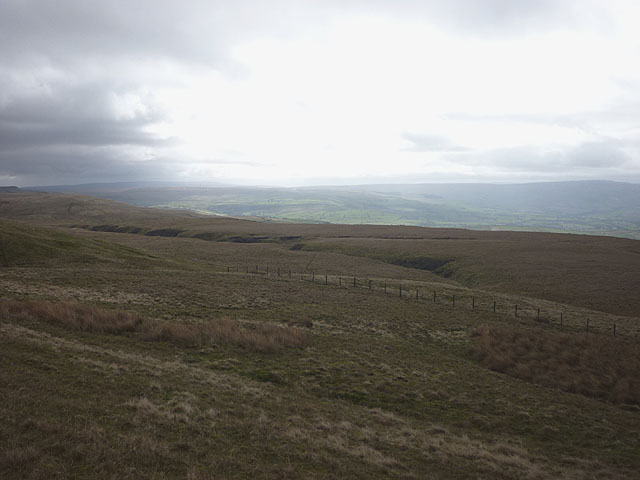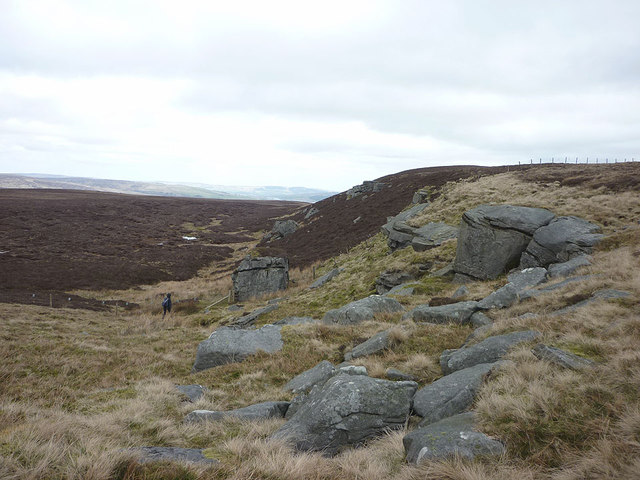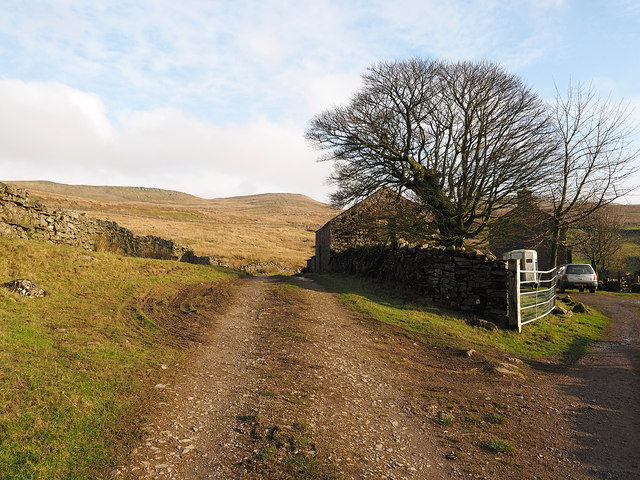Stainmore Common
Downs, Moorland in Westmorland Eden
England
Stainmore Common

Stainmore Common, located in Westmorland, England, is a vast expanse of land characterized by its stunning natural beauty and diverse ecosystem. Stretching across the boundaries of County Durham and Cumbria, this upland area is part of the Pennines and forms a significant portion of the Northern Pennine Moors.
The landscape of Stainmore Common is predominantly composed of rolling hills, open moorland, and heather-clad uplands. The area is renowned for its panoramic views, with the peaks of Cross Fell and Great Dun Fell dominating the horizon. The common is crisscrossed by numerous footpaths and bridleways, making it a popular destination for hikers, cyclists, and horse riders.
The vegetation on Stainmore Common is varied, ranging from heather and bracken to grasses and scattered woodland. This diversity supports a rich array of wildlife, including red grouse, curlews, golden plovers, and various species of birds of prey. The area is also home to several rare plant species, making it a site of botanical importance.
Stainmore Common has a rich cultural heritage, with evidence of human settlement dating back to prehistoric times. The remains of ancient settlements, cairns, and stone circles can still be found scattered across the common, providing fascinating insights into the area's past.
Throughout history, Stainmore Common has been an important transportation route, with ancient trackways and Roman roads traversing the landscape. Today, the A66 road cuts through the common, connecting the towns of Brough and Bowes.
Stainmore Common offers visitors a chance to immerse themselves in the unspoiled beauty of the Pennines, providing a haven for nature enthusiasts, history lovers, and those seeking a peaceful retreat in the heart of Westmorland.
If you have any feedback on the listing, please let us know in the comments section below.
Stainmore Common Images
Images are sourced within 2km of 54.547783/-2.2434597 or Grid Reference NY8416. Thanks to Geograph Open Source API. All images are credited.
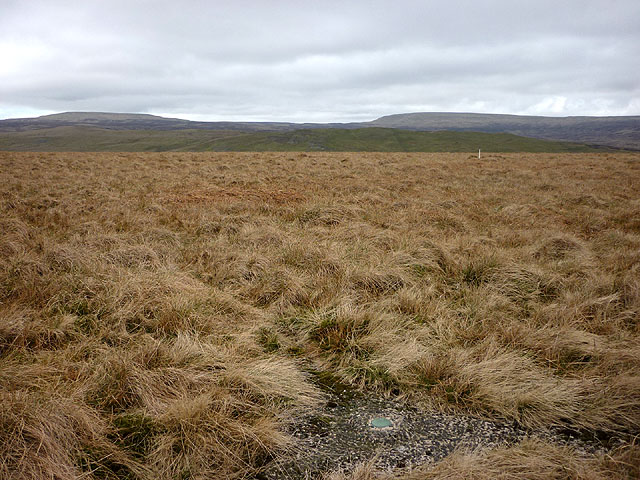

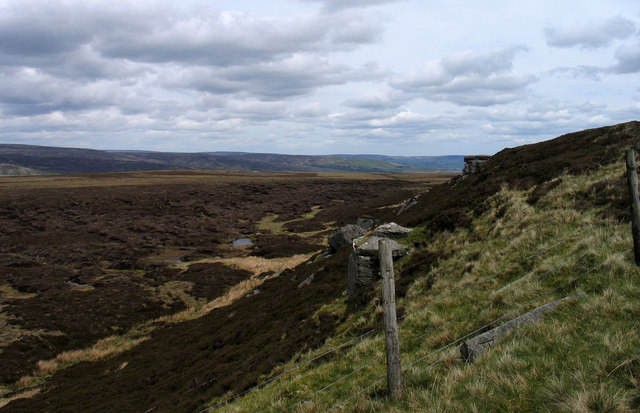
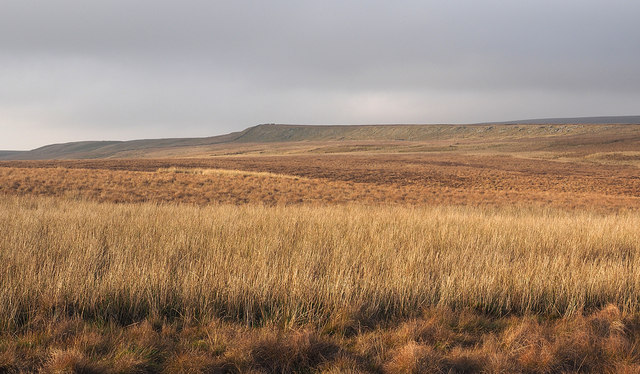


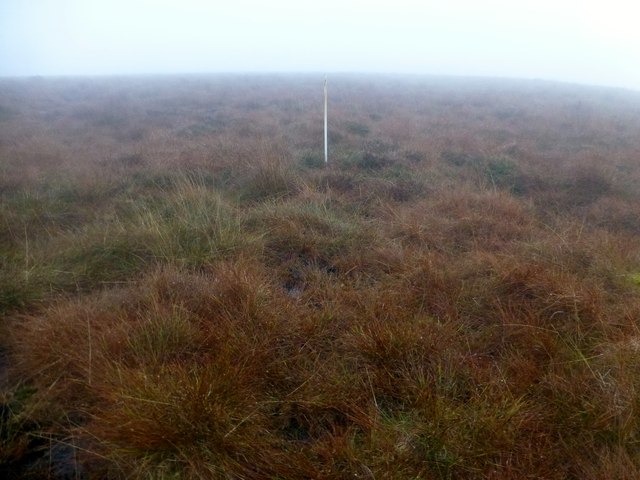


Stainmore Common is located at Grid Ref: NY8416 (Lat: 54.547783, Lng: -2.2434597)
Administrative County: Cumbria
District: Eden
Police Authority: Cumbria
What 3 Words
///perfectly.pampered.stub. Near Kirkby Stephen, Cumbria
Nearby Locations
Related Wikis
A66 road
The A66 is a major road in Northern England, which in part follows the course of the Roman road from Scotch Corner to Penrith. It runs from east of Middlesbrough...
Stainmore
Stainmore is a remote geographic area in the Pennines on the border of Cumbria, County Durham and North Yorkshire. The name is used for a civil parish...
Battle of Stainmore
The Battle of Stainmore was probably fought between the Earldom of Bernicia, led by Oswulf, and the forces of the last Norse king of Jórvík (York), Eric...
Foster's Hush
Foster's Hush is a Site of Special Scientific Interest in the Teesdale district of west County Durham, England. It is located in the valley of Lune Head...
Have you been to Stainmore Common?
Leave your review of Stainmore Common below (or comments, questions and feedback).
